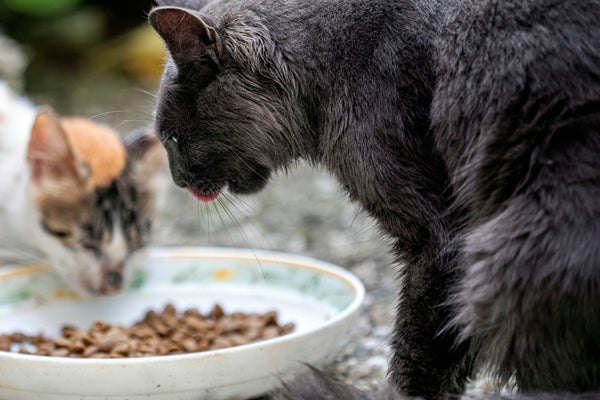As pet owners, we cherish the companionship and joy our pets bring into our lives. However, just like humans, pets can be significantly affected by the changing seasons. As seasons transition, you might notice observable changes in your pet's behavior that can sometimes be puzzling or even concerning. Understanding these behaviors and knowing how to address them can enhance your pet's well-being and make life more pleasant for both of you.
In this comprehensive guide, we'll explore various ways seasonal changes can impact your pet's behavior and provide practical tips to help you and your furry friends adapt smoothly.
Understanding Seasonal Changes in Pets
1. Temperature and Energy Levels
One of the most apparent changes pets experience with the seasons is a shift in energy levels, often correlated with temperature changes. For example, in warmer months, your pet might exhibit increased activity due to the conducive outdoor environment. Conversely, colder temperatures might lead to a decrease in activity, often creating a more sedentary lifestyle.
How to Address:
To ensure your pet remains active during colder months, consider engaging them with indoor activities. Investing in an indoor play structure can be beneficial. The Armarkat Premium Scots Pine Cat TreeTall Sturdy Cat Tower is an excellent option for maintaining feline activity indoors. For dogs, shorter but frequent walks with an Adjustable Reflective Collar for Dog and Puppies can ensure safety and visibility during evening strolls as daylight decreases.
2. Seasonal Shedding
Pets, particularly those with thick fur, undergo shedding as part of their natural adaptation to temperature changes. This is more prevalent during spring and autumn as they transition between their summer and winter coats.
How to Address:
Regular grooming helps manage excess hair due to shedding. Beyond keeping your pet looking their best, it also strengthens your bond and contributes to your pet's health by reducing the risk of skin irritations.
3. Changes in Appetite
Winter months often lead to an increased appetite in pets as they may naturally seek more calories to maintain body heat. In contrast, you might notice a reduced appetite during summer due to decreased energy expenditure.
How to Address:
Monitor your pet’s weight and adjust their diet as needed to avoid obesity-related health issues. Always consult your veterinarian before making significant dietary changes to ensure they align with health needs and activity levels.
4. Behavioral Changes
Some pets might exhibit increased anxiety, lethargy, or restlessness during specific seasons. Autumn is generally associated with heightened pet anxiety due to varying stimuli such as back-to-school routines or less outdoor activity.
How to Address:
Create a comfortable and secure environment for such periods. For dogs, a cozy resting spot like the Sofa for Medium Large Dog Sofa Bed Cushion can provide comfort and warmth.
5. Seasonal Allergies
Pets can also suffer from seasonal allergies, particularly in spring when pollen is abundant. Symptoms might include excessive scratching, watery eyes, or sneezing.
How to Address:
Limit exposure to allergens when possible. Keep windows closed on high pollen days and consider wiping your pet's paws after outdoor walks. Consult your vet for recommended treatments if symptoms are persistent.
Incorporating Seasonal Safety
1. Safeguarding During Outdoor Activities
Summer months invite more outdoor adventures, which means ensuring pet safety is paramount. Ensure your pet remains hydrated and avoid high-density exercise during peak temperatures.
How to Address:
Using a containment system like the Ultimate GPS Wireless Electric Dog Fence can give your dog the freedom to explore safely.
2. Travel Preparation
Holiday seasons often involve travel, which can be stressful for your pet. Preparing adequately is crucial.
How to Address:
A comfortable travel solution like the Pet Carrier Tote Shoulder Bag ensures your pet's safety and comfort during trips.
Conclusion
Understanding and adapting to seasonal changes can have a profound effect on your pet's health and happiness. By taking small, mindful steps to accommodate these changes, you can significantly enhance your pet's quality of life.
For more products that cater to your pet's needs and to further explore pet care solutions, visit Pet Collective.
Incorporating these insights and solutions will equip you with the knowledge to navigate seasonal changes successfully, fostering a happier and healthier environment for your beloved pet. Remember, each pet is unique, and remaining observant and attentive to their specific needs ensures that they enjoy every season to the fullest.












